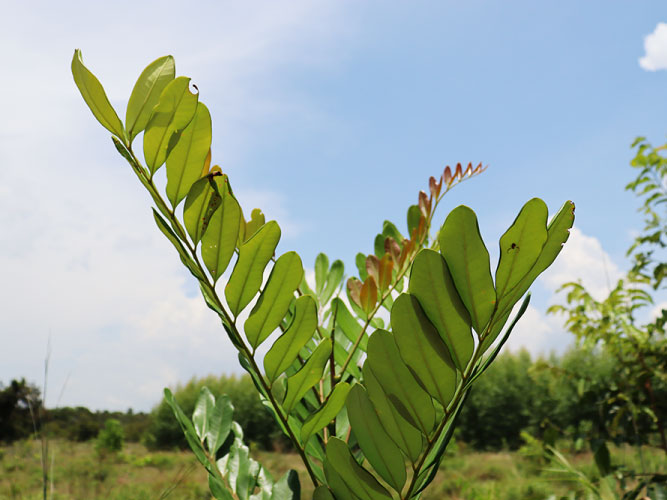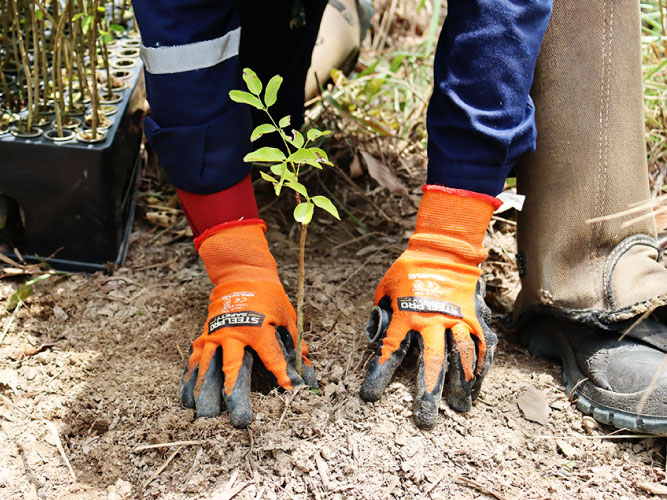Through a comprehensive approach, we have designed an afforestation process consisting of three inter-related stages. The first stage, the initial planting, involves the introduction of species such as eucalyptus and various native plants, aimed at protecting and restoring more than 50% of the area of each property.
In the second enrichment stage, we strengthen the established plantations by introducing further native species. This approach increases the variety of flora and fauna present in the area, and improves the adaptability and resilience of the ecosystem to future environmental challenges.
Once established, our plantations enter a process of natural succession, where, after a few years, give place to the regeneration of native forests. This succession process is fundamental to restore the structure and functionality of local ecosystems, allowing biodiversity to flourish and eco-systemic services to be reestablished.
Planting native species not only restores degraded areas, but also strengthens the adaptability and resilience of ecosystems, contributing to climate change mitigation, biodiversity conservation and the protection of water resources. Their integration into forestry projects requires careful selection, detailed planning and continuous monitoring to ensure long-term stability and success.



